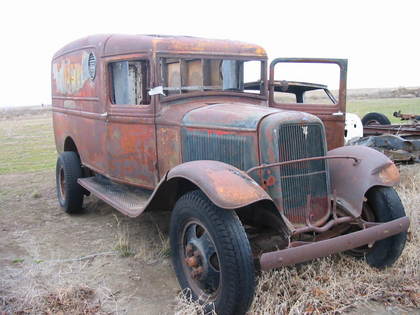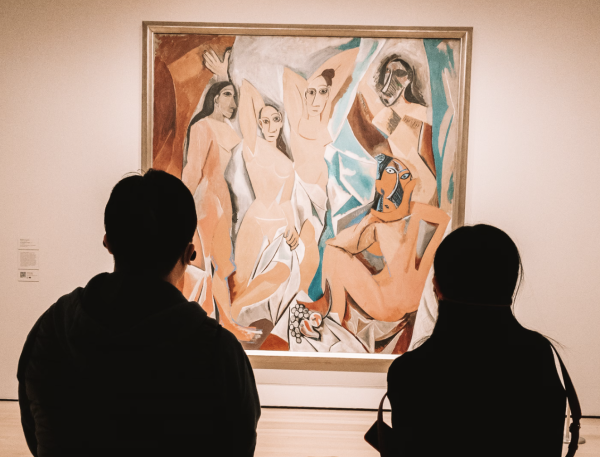The Movie Man

June 19, 2023

In the early 1950s, the Mexican film industry reached its apex with international stars including Katy Jurado, Cantinflas, Dolores del Rio, and Pedro Infante. But for those of us who resided in rural villages far from metropolitan areas, a visit to a movie theater was an impossible dream. We lived in a “movie desert” with no hope of relief. Then providence provided us with a gift.
One Sunday afternoon, a rusty 1933 Ford panel truck arrived in our village, spewing clouds of steam and white smoke, and emitting squealing sounds of metal grinding against bare metal. The vehicle got as far as the church when it suddenly lurched to a stop, depositing the water remaining in its cooling system and oil on the ground. The driver had run off the road trying to avoid a wandering burro and careened through a patch of prickly pear cactus before he could stop the truck. The thorny vegetation tore a hole in the radiator and sheared off the vehicle’s muffler. After returning to the paved roadway, he saw our village and knew this could be his last chance to find some help.
When he stepped out of the vehicle, the man’s face, hands, and clothes were covered with black engine oil and, for a moment, all we could see were his eyes. Our priest allowed him to clean up in the rectory and when he returned, he looked like one of us. Due to a lack of available replacement parts, the disabled vehicle wouldn’t be leaving us for weeks.
Little did we know it at the time, but this was a good thing, called a godsend by our priest. The man was Ruben Romero. He made his living by driving to villages and towns in Mexico where no theaters existed. His old truck was equipped with a portable speaker, extension cords, a 16mm projector, a rolled-up silver matte screen, and reels of film in cans stacked alphabetically in racks.
That night, Señor Romero recovered from his stressful arrival by enjoying dinner with our schoolteacher, her family, and our priest. An agreement was reached to allow him to pay for the engine parts, repairs, and labor by showing movies. His inventory consisted of full-length features and short serials called “cliffhangers.”
During the next month, Señor Romero enthralled our villagers with three double features and two cliffhangers each Friday and Saturday night. My uncle installed a 12-volt converter to his truck’s battery to power the projector. Señor Romero set up his screen by hanging it from the eaves of the plaza’s bandstand. We immediately noticed the number of white circular cloth patches randomly placed on the screen’s silver surface. He explained he’d been contracted by the state government to show some films in Chiapas, an area populated by an indigenous majority.
He selected early Tom Mix western movies where Indians, portrayed as villains, were slaughtered by the U.S. cavalry. He realized his mistake when the indigenous audience watching the show, many of them armed, became enraged and began shooting at the soldiers on the screen.
Years later, we still remember Señor Romero’s chance visit, villagers crowded together in the plaza after sundown watching universal themes of virtue and love play out on the screen. We saw The Cisco Kid with famous actors Duncan Renaldo and Leo Carillo speaking in English, Paul Robeson in Emperor Jones, and Laurence Olivier’s Hamlet. The Movie Man’s visit opened our eyes to a world beyond the horizon and introduced us to the moral, spiritual, and intellectual challenges of life that awaited us.




















Linda Merlino • Aug 1, 2023 at 11:59 am
Wonderful story… this is the doorway to a novel. Write it!